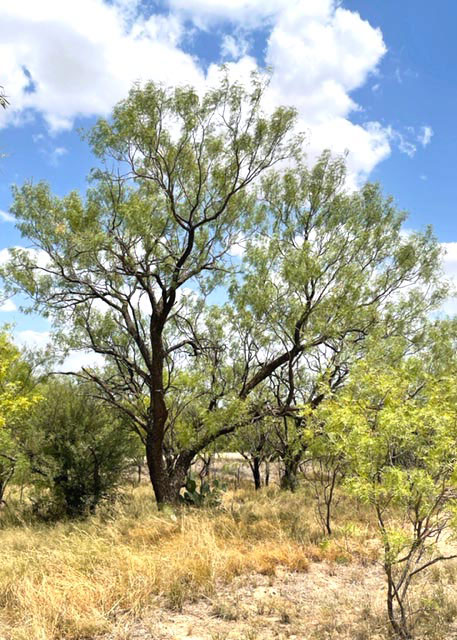Gardening This Weekend: August 11, 2022

Mid-August is traditionally a watershed time of the gardening year. In this strange summer of heat and drought, some of that changes. For this moment, however, I’ll list things you normally should do, along with appropriate comments.
PLANT
• New lawns as soon as possible to give grass time to become well established before winter. This depends, of course, on your local water restrictions. Sod can be planted into September.
• Fall vegetables. Finish planting beans, squash, cucumbers and corn very soon. It’s time to plant broccoli, cabbage and other Cole crops.
• Fall annuals. Marigolds, zinnias and celosias from 4-inch pots. Buy plants that are just showing color, not those in full bloom. The blooming specimens tend to stall after planting. Watch, too, for petunia transplants in Texas nurseries in the next several weeks. Late summer/early fall plantings can give nice color as the weather cools. The transplants will probably be hard to find, however.
PRUNE
• Mow lawn at recommended height. In spite of what you may hear, mowing it higher will weaken the grass and allow weeds to get started.
• Shrubs as needed to correct errant growth, also to remove freeze-damaged or drought-killed branches. Avoid formal pruning whenever possible.
• Reshape overgrown patio pots to encourage a nice burst of regrowth this fall.
FERTILIZE
• Patio pots and hanging baskets to replenish nutrients that have leached out of the potting soil following daily waterings.
• Iron-deficient plants in alkaline soil to correct iron chlorosis (yellow leaves with dark green veins, most prominent on newest growth). Use iron/sulfur product, and keep the granules off walks and drives to prevent staining.
• Wait for cooler weather and early fall rainfall to fertilize turf and landscape plants. They are too stressed from the heat and drought to utilize fertilizer properly.
ON THE LOOKOUT
• Nutsedge (“nutgrass”). This is just about last call to treat. The product Image (original form) does a good job of lessening the outbreak each time that you apply. But you must make two treatments 30 days apart, and both must fall between May 15 and September 15. That means August 15 is your cutoff date to begin. (Note: that date would be later by a week or two in the southern half of Texas.) Sedgehammer is an alternate option, and it only requires one application.
• Webworms in pecans, mulberries and others. It’s usually easiest to use a long-handled pole pruner to clip them out of trees as they get started.
Note: Time to apply pre-emergent granules Dimension, Halts or Balan to prevent germination of winter weeds such as annual bluegrass (Poa annua), rescuegrass and ryegrass is between August 25 and September 5 (a couple of weeks later in South Texas). As hot and dry as it’s been, however, weeds aren’t going to germinate until the first cold front comes through. I would suggest you find your source, buy the granules and be ready. They are much harder to locate in this fall application period. Keep in mind that you don’t get a second chance with grassy weeds. Once they sprout, you’ve blown it. There is also good documentation that annual bluegrass is becoming resistant to these pre-emergents. See this report from Clemson University. (I also cite this report in the Q&A section.) https://hgic.clemson.edu/factsheet/annual-bluegrass-control/
